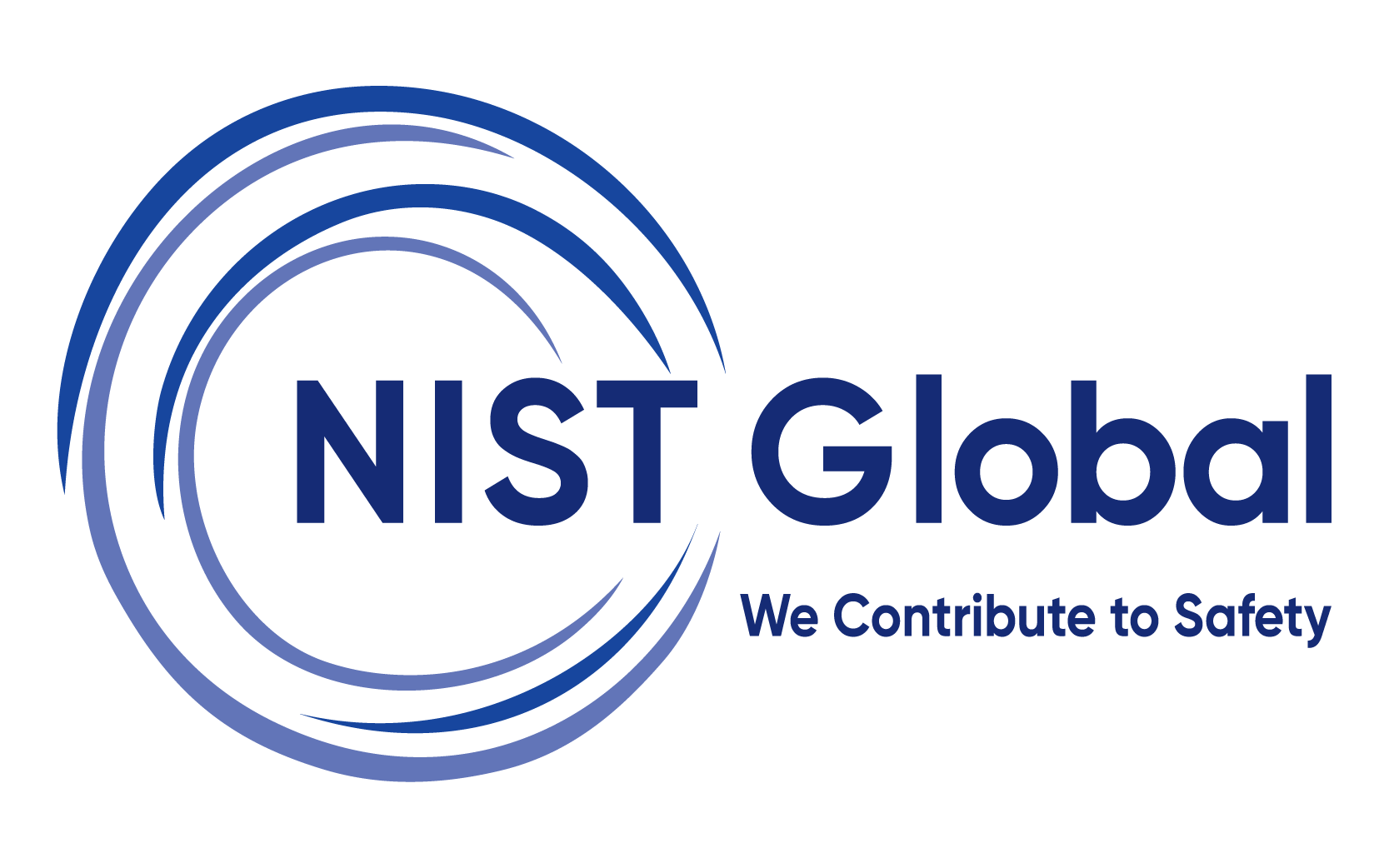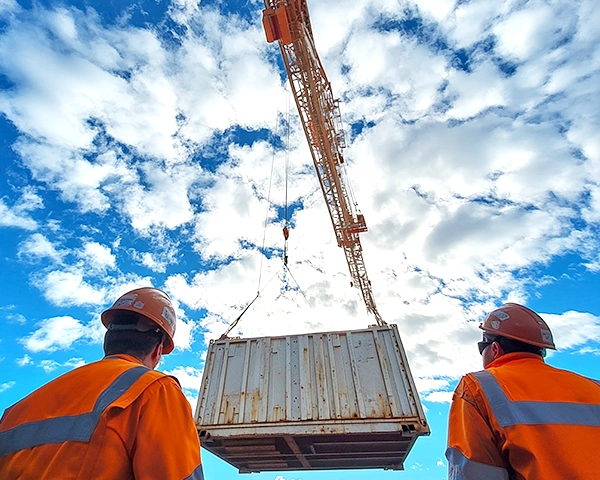Lifting & Rigging
Lifting and Rigging are one of the important operations in industries such as construction, oil & gas, manufacturing, logistics, and infrastructure. Rigging is about choosing the right tools like slings, chains, hooks, and shackles and setting them up correctly to hold a load. Lifting is the activity that moves load using cranes, hoists, or other machines. If not done right, these tasks can lead to dropped materials, damaged equipment, or worse serious injuries or even fatalities. The International Labour Organization (ILO) points out that around 30% of workplace accidents in heavy industries are linked to lifting activities. In India and worldwide, many of these are due to poor knowledge of how to assess load, inspect equipment and access safely.
Lifting & Rigging Training
The Lifting and Rigging Safety Training is a skill-oriented program developed in line with Indian and international standards, and global benchmarks. The course integrates core concepts including load weight calculation, centre of gravity, sling angles, selection and inspection of rigging gear, proper load securing, safe signalling practices, lift planning, rigging certification and hazard mitigation. Participants will also learn about emergency procedures and reporting protocols. Through classroom interactive sessions and hands-on demonstrations, this training prepares riggers, crane operators, supervisors, and safety professionals to conduct lifting operations in a safe manner, also prevent equipment failure, and promote a proactive safety culture at their worksites.
-
Duration1–2 Days
-
Training ModeVirtual/Face to Face
-
LevelIntermediate/Advance
-
LanguageEnglish and other regional languages based on availability
Why Should Employers Invest in this Training?
- Perform lifting and rigging tasks with heavy loads, moving equipment, and critical human coordination, making them high-risk operations. Without proper training, even minor mistakes can cause severe injuries or fatalities.
- Prevent Workplace Accidents and Downtime as improper rigging and load handling practices are leading causes of industrial incidents. This training imparts safe lifting techniques to avoid accidents and cost delays.
- Meet Legal and Industry Safety Standards such as Indian and, global standards, helping organizations meet audit and compliance requirements.
- Improve Confidence and Competence of trained personnel by making better decisions, use equipment more effectively, and contribute to a more safety-aware team environment.
- Investing in lifting and rigging training not only safeguards your workforce and assets but also strengthens your organization's commitment to safety and operational excellence.
Training Objective
Learners will develop a firm understanding of key factors for safe lifting and rigging, including lifting principles and rigging basics such as precise estimation of load weights, calculation of centre of gravity, and effects of sling angles. They will be trained and empowered to safely select, inspect, and use rigging equipment such as slings, shackles, and hooks, while confidently applying standard hand signals and site safety protocols to ensure effective communication and coordination. The course sharpens hazard recognition abilities and preventive measures for accident avoidance, while also preparing individuals to handle lifting-related emergencies efficiently. Integrating compliance with Indian and international safety standards, the program ensures practical readiness through an immersive learning approach.
Training Methodology
Case Study
Analysis
Hands-On
Practice
Knowledge
Checks
Hazard
Identification
Skill
Confidence
How Will This Training Strengthen Workforce Readiness?
Upon successful completion of the Lifting and Rigging Safety Training, participants will acquire the following practical and safety-critical skills:
- Understanding of Lifting & Rigging Fundamentals like principles behind safe lifting operations and proper rigging techniques.
- Load Weight Estimation & Centre of Gravity Calculation to determine load weight, assess balance, and identify the safest lifting points.
- Selection & Inspection of Rigging Equipment by knowing how to choose the correct slings, shackles, hooks, and lifting accessories, and perform visual and functional inspections before use.
- Understand how sling angles affect tension and load capacity, and how to apply this knowledge during operations.
- Effective Use of Hand Signals & Communication between riggers, signalmen, and crane operators.
- Learn to secure loads properly, plan lifts efficiently, and execute operations with minimal risk.
- Hazard Identification & Risk Mitigation for lifting hazards such as overloading, pinch points, and poor rigging setup and know how to prevent them.
- Emergency Response Awareness for lifting related emergencies or failures.
Who can take this course?
This course is suitable for a wide range of professionals involved in lifting operations, load handling, and workplace safety. It is ideal for:
- Riggers and Slingers
- Crane Operators ,Signalmen and Spotters
- Maintenance and Mechanical Technicians
- Safety Officers and HSE Supervisors
Assessment
✅ Multiple-choice questionnaire (MCQ)
📝 Descriptive Questions
🧩 Problem Solving Scenarios
🛠 ️Site-Based Practical Activities
Training Mode
Face to face training
Virtual training

